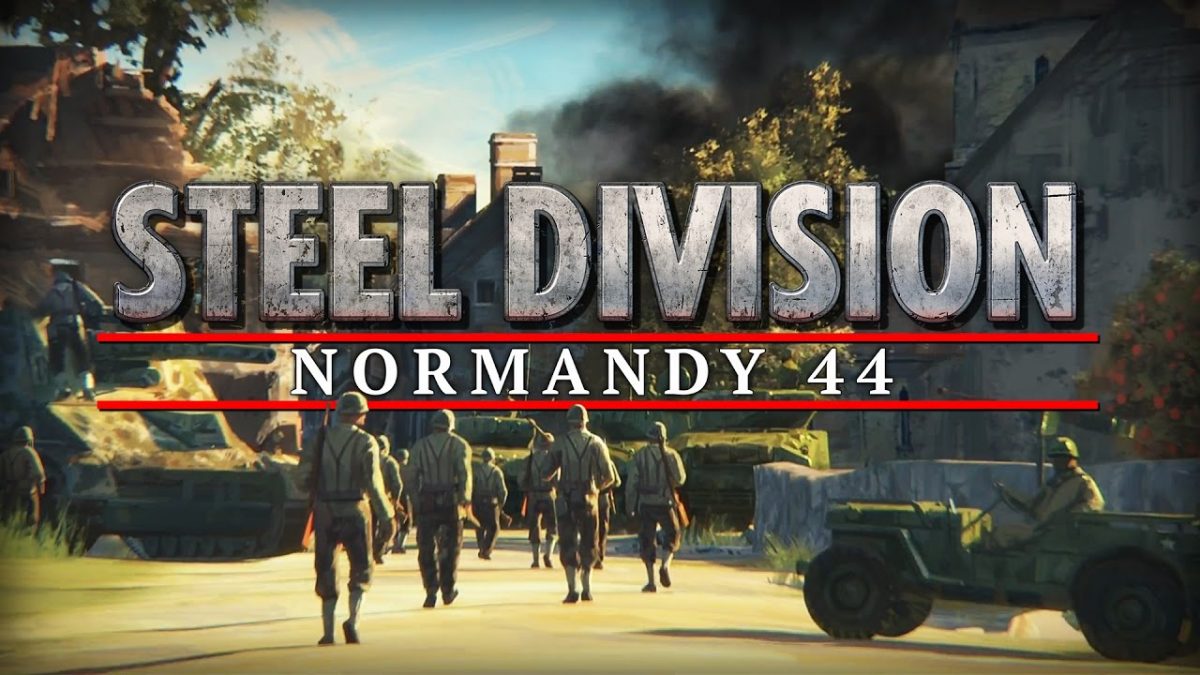
There are several unit types in Steel Division and none are inherently superior.In the center is an M3 command vehicle safely hidden in the orchard, supporting an M4A1 DD (amphibious M4A1) as it fires on the enemy. M4A1 tanks remain back to support the advance. Certain types of units do not affect the frontline, so keep that in mind.Ī number of American units engaging an Axis skirmishing force. Finally, maps feature a shifting frontline that not only provides a helpful guideline for tracking enemy movements (in general, if it bulges out, someone is up to no good and you might want to take care of it).When starting out, using the auto-fill battlegroup option, it is a good way to get a feel for the division you selected. In each phase you get a limited amount of units to deploy, based on the battlegroup you've created.Phase (C) unlocks all the heaviest units for a full scale battle.


In this situation, they do not lose suppression (unless they are airborne units). Notably, this is an untenable position, as cutting the salient off with a thrust will encircle the enemy tanks. In this case, the Allies created a salient close to the Axis home base, denying one of the reinforcement routes and threatening the left flank. Blue represents your own forces, red the enemy's.


 0 kommentar(er)
0 kommentar(er)
